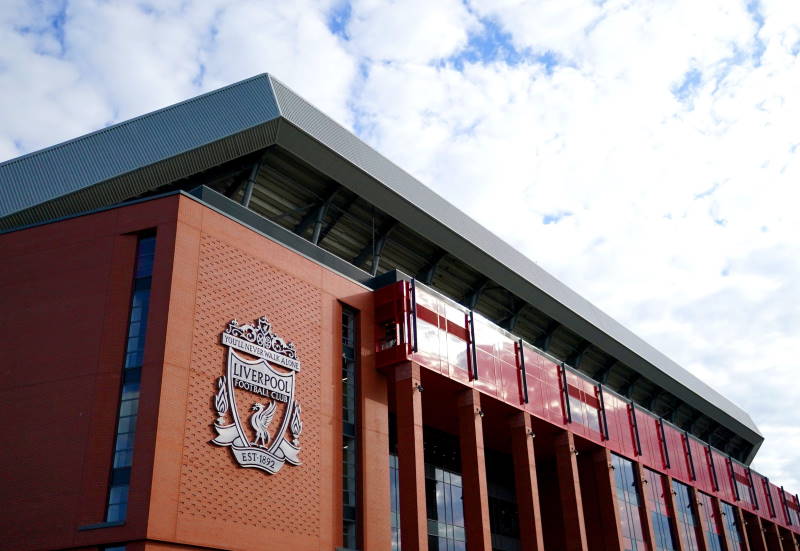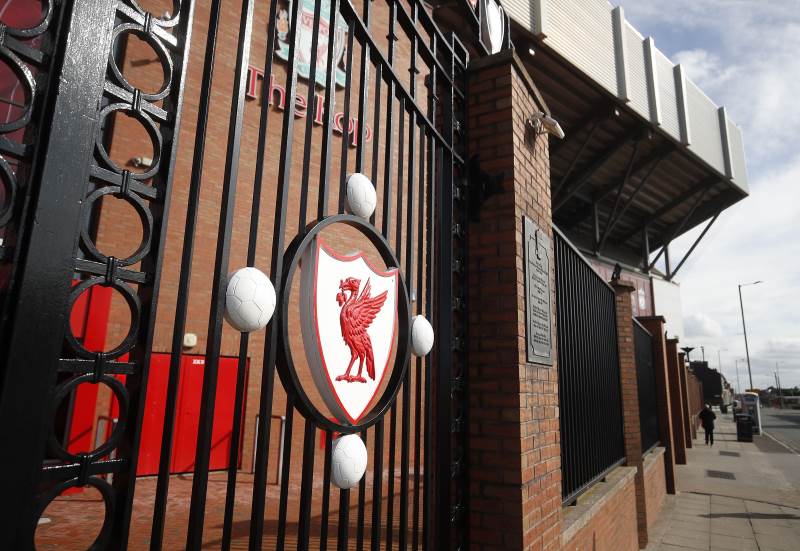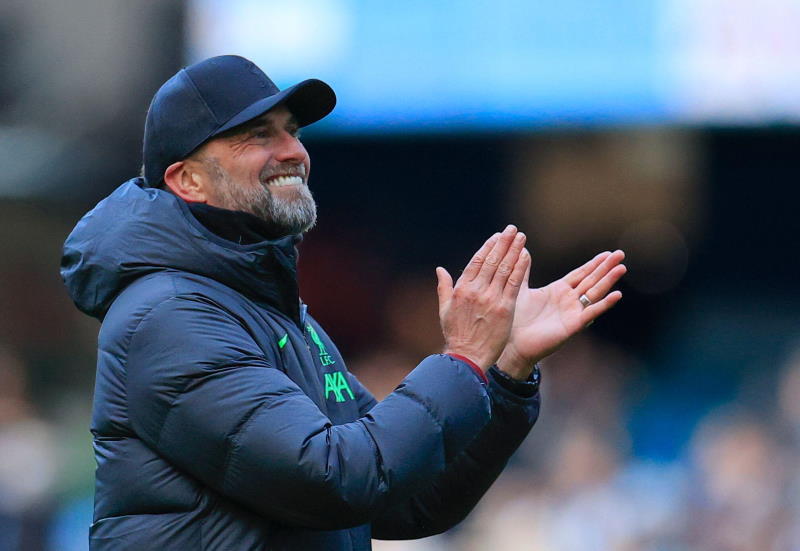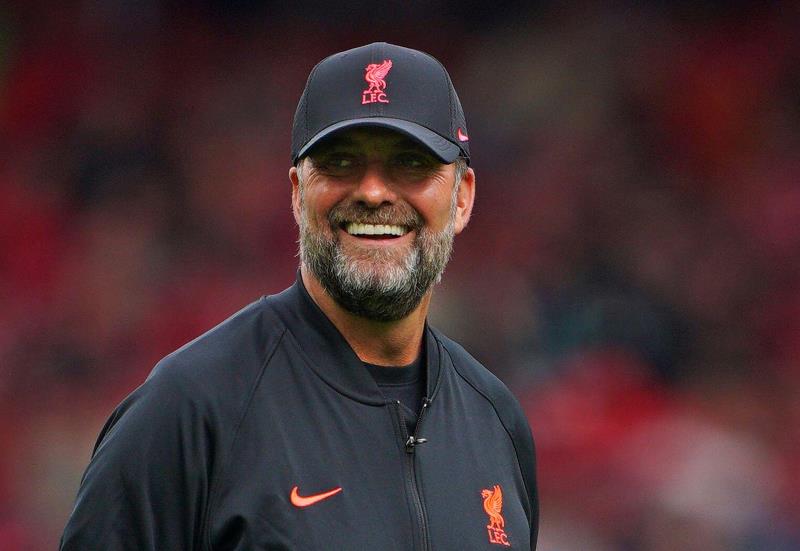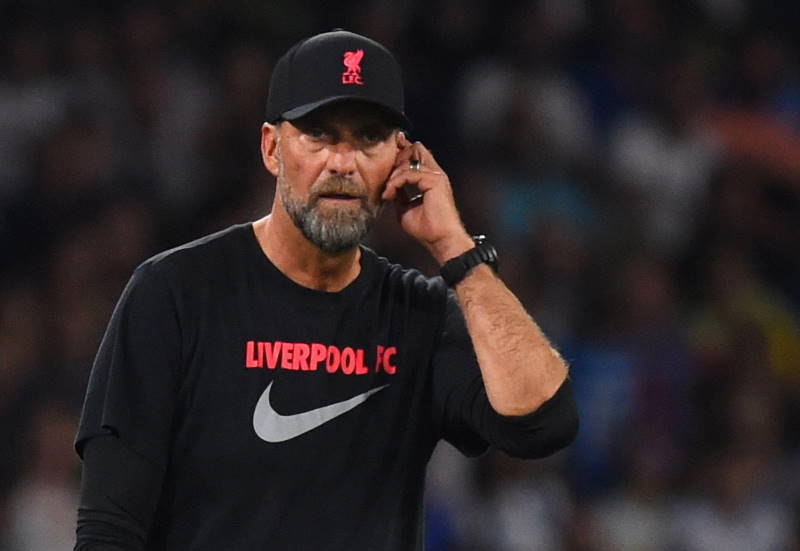
Away trips in the Copa Libertadores are rarely dull. Competing clubs span five time zones, elevations from sea level all the way up to 3,637 metres and nine climatic classifications. South America in itself is vast enough to make travel between countries arduous. And then Mexican clubs must be factored in. There is a full 5,046 miles between Rio de Janeiro and Guadalajara, equivalent to the distance between London and Beijing.
The holders, Santos of Brazil, faced one of the toughest away trips of the competition in their opening group stage match. Neymar and co. took on The Strongest of Bolivia, who play their home games at La Paz’s Estadio Hernando Siles, located a full 3,637 metres above sea level, making it the highest stadium that will be used the group stage of the competition. Santos, from the port city of the same name, play in the joint lowest.
Plans to deal with the effects of altitude vary. Some clubs try to spend as much time as possible at the venue to acclimatise, whereas others leave it late, arriving shortly before kick-off in the hope the effects won’t have sufficient time to kick in. Santos went for the latter approach. They arrived four hours before kick-off, but also brought ten oxygen cylinders with them to top up the oxygen intake of their players both before the match and at half-time.
For a long while it appeared their planning would pay off, as they generally dealt well with the altitude, performing competently, if not at their very best and causing the home side all sorts of problems on the counter-attack. Had Santos’ finishing been more clinical they could easily have taken all three points. As it was the Brazilians came away with nothing. The altitude caused them to tire mentally as much as physically in the final ten minutes and they conceded a stoppage time winner when Rodrigo Ramallo headed in unmarked at the far post.
Brazilian teams and their federation have traditionally been the most vehement opponents of matches being played at high altitude, but Santos’ coach Muricy Ramalho took a refreshingly pragmatic view after the match, focusing on his side’s inability to convert their chances rather than any ill effects caused by the elevation. It was clearly an equalising factor though. As the home team’s star-man Pablo Escobar noted after the match, Santos’ rising superstar Neymar earns more in a month than The Strongest’s 22-man squad do in eight. With the effect of altitude removed, it is unlikely the Bolivian side will repeat the result in the return match.
But it is not just the altitude of cities like La Paz, Mexico City and Quito that make away trips daunting prospects. There is stifling heat and humidity to be found in Barranquilla and Barinas, and as Olimpia found to their cost in their 1-0 defeat to Emelec, the potential for torrential tropical downpours in Guayaquil. Factor in travelling time and vociferous, intimidating home support and it is no wonder clubs find it difficult to win points away from home.
Taking into account results in the group stage and knockout rounds of the Copa Libertadores and Europe’s Champions League over the last five years, it becomes clear that it is much harder to pick up good results away from home in the South American competition. In total, 55.12% of the 626 matches played in the Copa Libertadores in this timeframe were won by the home team, 22.36% were draws and 22.52% saw the away team emerge victorious. In the Champions League 47.42% of the 620 matches resulted in a home win, 24.68% were draws and 27.90% yielded away wins.
The difference in the group stage is more pronounced than in the knockout phases of each competition. In the group stage 56.04% of Copa Libertadores matches end in home wins compared to 47.08% in the Champions League; in the knockout rounds this margin is reduced by more than half: 52.05% being home wins in the Libertadores and 48.57% in the Champions League.
In the 2008/09 Champions League, just 37.90% of matches were won by the home team, a figure far lower than the smallest percentage of home wins in the Copa Libertadores over the period – that being 50% in 2011. In addition, in last season’s Champions League an equal percentage (39.28%) of knockout phase matches were won by home and away teams. In the Libertadores the equivalent figures were 43.33% home wins and 23.33% away.
The figures then, tell a story that will be of little surprise to followers of South American football. Santos, however, should not get too downhearted. Neymar and co. won just two of their seven away matches in last year’s competition and still emerged as the winners, proving that although winning away in the Libertadores is difficult it is not essential to taking home the title.

